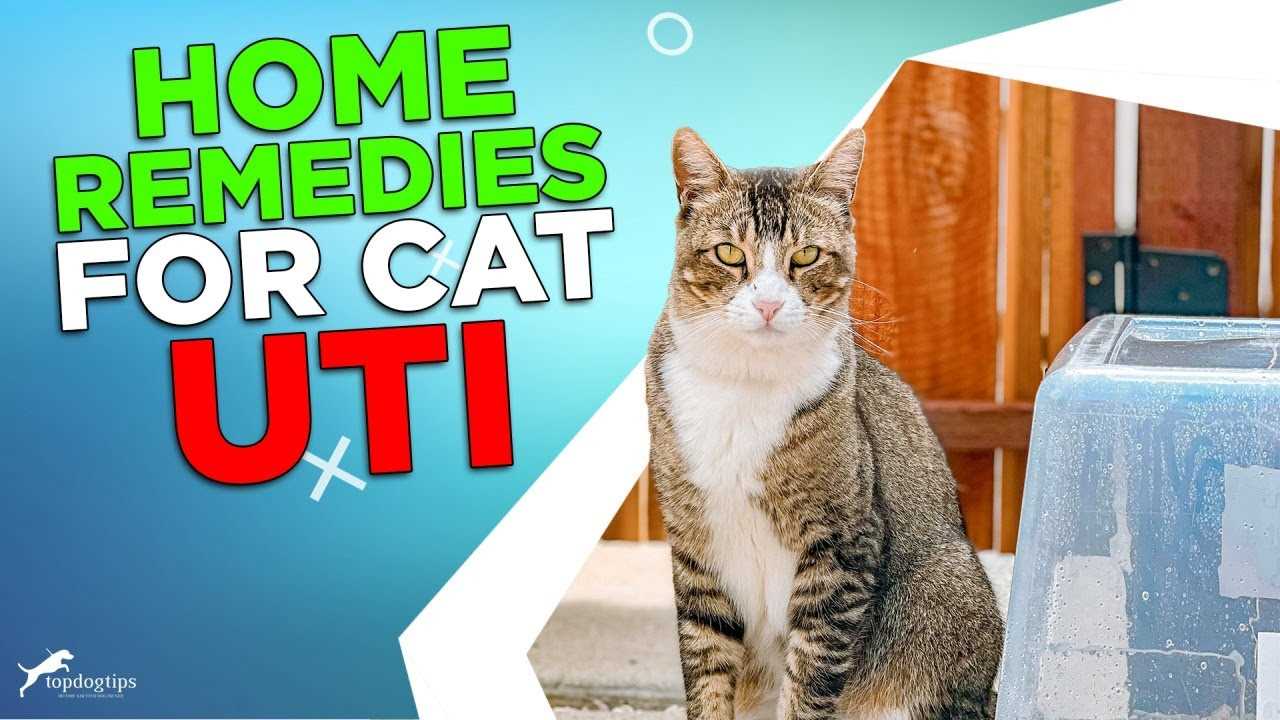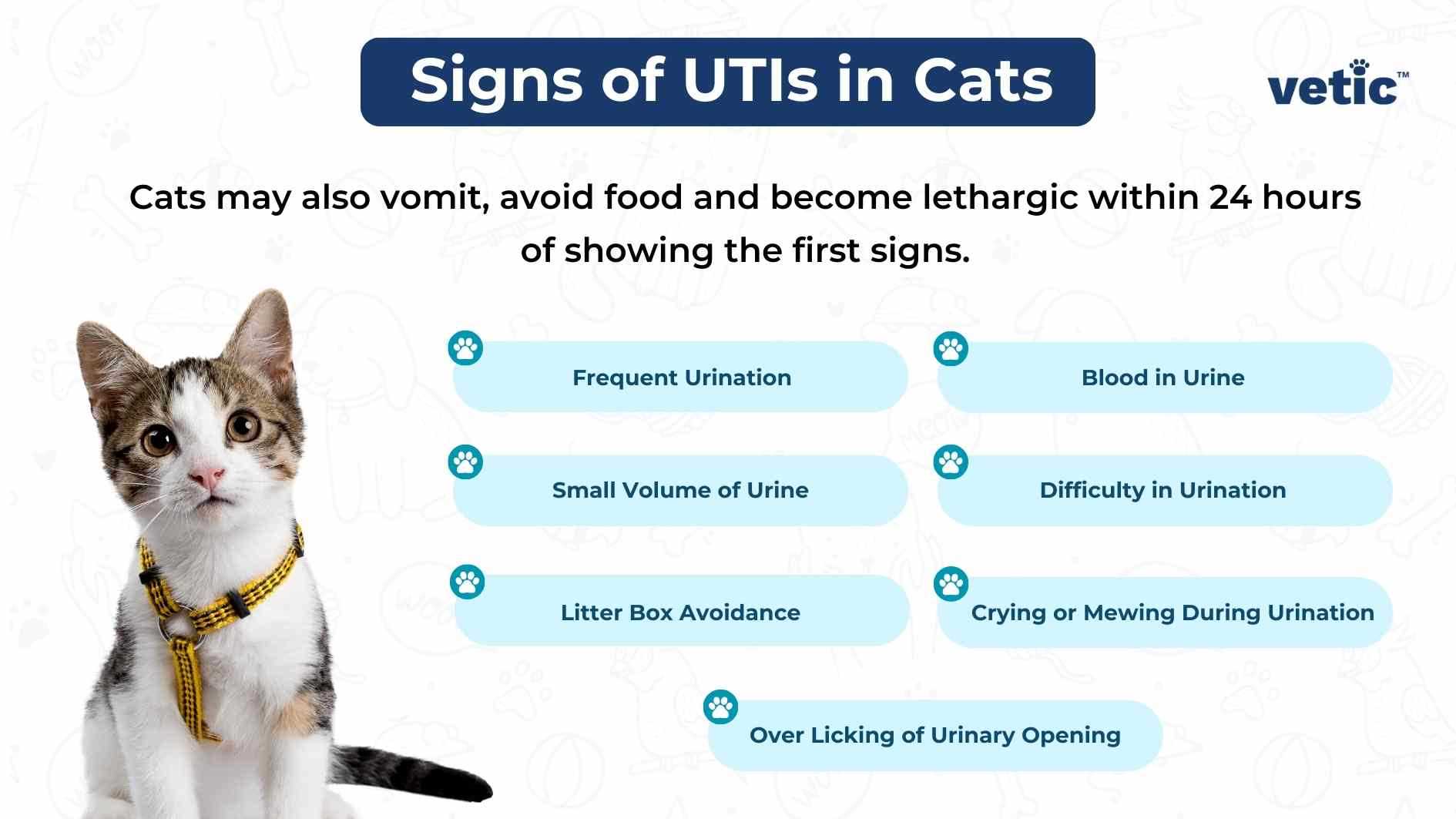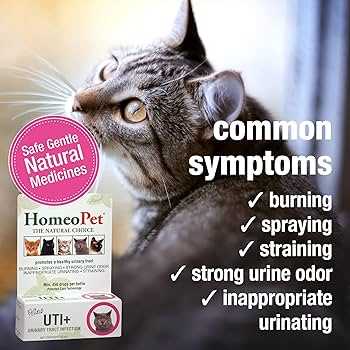First and foremost, hydration is critical. Ensure fresh water is always available to encourage drinking. You can also try offering wet food to increase moisture intake. This simple change can significantly help in flushing out the urinary system.
Adding a bit of organic chicken broth to your pet’s water or food can entice them to drink more. It’s a tasty way to promote hydration and support urinary health. Additionally, consider integrating cranberry extracts into their diet, known for their potential benefits in maintaining urinary tract wellness.
Monitoring litter box habits is essential. Take note of any changes in frequency or straining. If you observe signs of discomfort, such as excessive grooming or vocalization during bathroom breaks, it’s vital to consult a veterinarian. Early intervention can prevent more serious issues.
Creating a stress-free environment is equally important. Cats thrive in calm settings. Ensure your space is quiet and safe, minimizing disruptions to enhance your furry friend’s comfort and well-being.
Managing Discomfort from Urinary Issues
For relief, hydration is key. Ensure fresh water is available at all times. Wet food can also boost fluid intake. Consider adding water or low-sodium broth to dry kibble to encourage drinking.
Dietary Adjustments

Switch to a specialized diet formulated for urinary health. Look for options that promote a balanced pH and prevent crystal formation. Consult your vet for recommendations tailored to your furry friend’s needs.
Herbal Remedies
Some natural remedies may help alleviate symptoms:
- Cranberry extract can support urinary tract wellness.
- Dandelion root may act as a mild diuretic.
- Marshmallow root can help soothe irritation.
Always consult your vet before introducing new supplements to ensure safety.
Keep the litter box clean and provide a stress-free environment. Reducing anxiety can significantly impact overall health. Regular playtime and gentle interactions can help create a calming atmosphere.
If symptoms persist, seek professional veterinary care to rule out serious conditions.
Identifying the Symptoms of UTI in Cats

Frequent trips to the litter box, straining to urinate, and producing little to no urine are key indicators that something might be off. Watch for changes in behavior, such as excessive grooming of the genital area or vocalizing while trying to relieve myself. If I start to avoid the litter box altogether, it’s a sign that I’m uncomfortable.
Here’s a quick reference table of symptoms you might notice:
| Symptom | Description |
|---|---|
| Frequent Urination | Using the litter box more often than usual. |
| Straining | Efforts to urinate with little success; may appear painful. |
| Blood in Urine | Visible redness or darker color in urine. |
| Excessive Grooming | Increased licking of the genital area. |
| Change in Behavior | Avoiding the litter box or hiding more than usual. |
Take note of any unusual signs, as they can help in understanding my condition better. If these symptoms persist, it’s crucial to seek medical attention quickly to ensure proper care.
Providing Increased Water Intake for Your Feline Friend
Encouraging higher water consumption is key. One of my favorite methods is using a pet water fountain. The flowing water attracts attention and makes drinking more appealing. I love watching the trickle, and it motivates me to stay hydrated.
Flavoring the Water
Add a splash of low-sodium chicken or beef broth to my water. The savory taste entices me to drink more often. Just make sure to use broth without onions or garlic, as these can be harmful.
Wet Food Options
Incorporating wet food into my diet is another strategy. Canned varieties contain a significant amount of moisture, which contributes to hydration. I enjoy the texture and flavors; it’s a win-win!
Offering ice cubes can also be fun. I like to play with them before taking a sip. You can freeze some of my favorite broth in ice cube trays for an extra treat. This keeps things interesting and refreshing!
Lastly, place multiple water bowls around the house. I might be more inclined to drink if I find water where I like to hang out. Keeping it fresh and clean is essential too; changing the water daily keeps it appealing.
Adjusting Your Cat’s Diet to Promote Urinary Health

Switching to a high-quality, grain-free diet can significantly boost urinary wellness. Look for options with real meat as the first ingredient and minimal fillers. This ensures proper protein intake while reducing the risk of forming crystals.
Incorporate Wet Food

Adding wet food to meals increases moisture consumption. Consider mixing wet and dry options to enhance palatability while ensuring hydration. This approach aids in dilution of urine and helps flush out impurities.
Avoid Certain Ingredients
Steer clear of foods rich in magnesium and phosphorus. These minerals can contribute to urinary issues. Always check ingredient labels and choose formulations specifically designed to support urinary tract health.
For an extra boost in cleanliness, consider using a best pressure washer for paving stones to maintain a tidy environment for your furry friend.
Using Natural Remedies for Cat UTI Relief
Incorporating cranberry extract into my routine has shown promising benefits. This natural option may help maintain a healthy urinary tract by preventing bacteria from adhering to the bladder wall.
Another method involves using D-mannose, a sugar that works similarly to cranberry. A small amount mixed with my food can assist in flushing out unwanted bacteria, promoting urinary comfort.
Herbal infusions like marshmallow root or slippery elm can soothe irritation. Adding a few drops of these extracts to my water may provide relief from discomfort.
Probiotics play a role too; they support a balanced gut flora, which can indirectly benefit urinary health. Including a high-quality probiotic in my meals could enhance my overall well-being.
Additionally, ensuring a stress-free environment is crucial. Stress can trigger flare-ups, so engaging in playtime or providing cozy spots helps keep my spirits high.
Lastly, regular monitoring of my water intake and bathroom habits is vital. Noticing any changes early allows for quicker action, ensuring my health remains a priority.
Creating a Comfortable Environment for Recovery
To ensure my swift recovery, I suggest setting up a cozy space that promotes relaxation and tranquility. Here’s how my human can do it:
1. Designate a Quiet Area
- Select a room away from loud noises and high traffic.
- Provide soft bedding, like a warm blanket or a plush bed, for comfort.
- Ensure the area is well-ventilated yet cozy.
2. Maintain a Stress-Free Atmosphere
- Limit interactions with unfamiliar animals or people.
- Use calming scents, such as lavender, to create a soothing environment.
- Play soft music or use a white noise machine to mask disruptive sounds.
Rest is key. Making sure I have a safe and nurturing spot to recuperate helps me feel secure and promotes healing. My human should also check on me regularly without overwhelming me, allowing me to relax while receiving the care I need.
When to Seek Professional Veterinary Help
If my litter box habits change drastically, or if I notice blood in my urine, it’s time to visit the vet immediately. These signs can point to serious issues beyond simple discomfort.
Persistent vocalizations, excessive grooming around the genital area, or straining to urinate are red flags that shouldn’t be ignored. These symptoms indicate that something may be wrong and professional assistance is necessary.
If I experience lethargy or refuse to eat or drink, it’s essential for my human to consult a veterinarian. Dehydration can quickly become a critical concern.
In cases of recurring symptoms, a vet’s expertise is crucial for identifying underlying conditions that might be causing these problems. Ignoring these symptoms can lead to more severe health complications.
For my humans looking to create a nurturing space for recovery, considering the best cat furniture for large cats can enhance comfort and support during this time.






